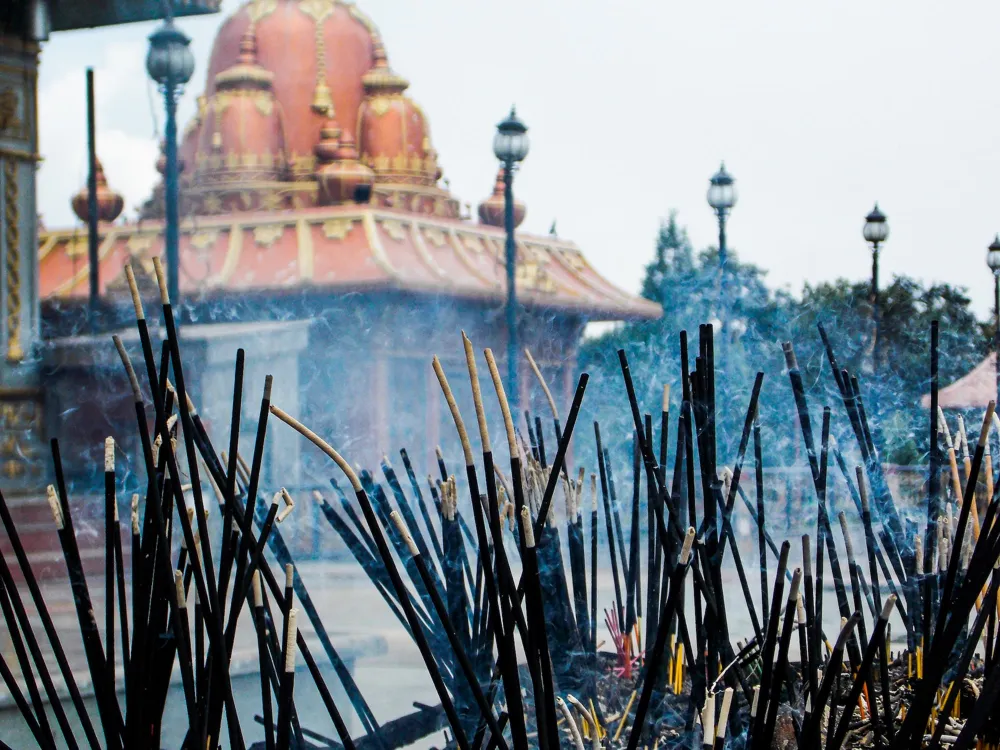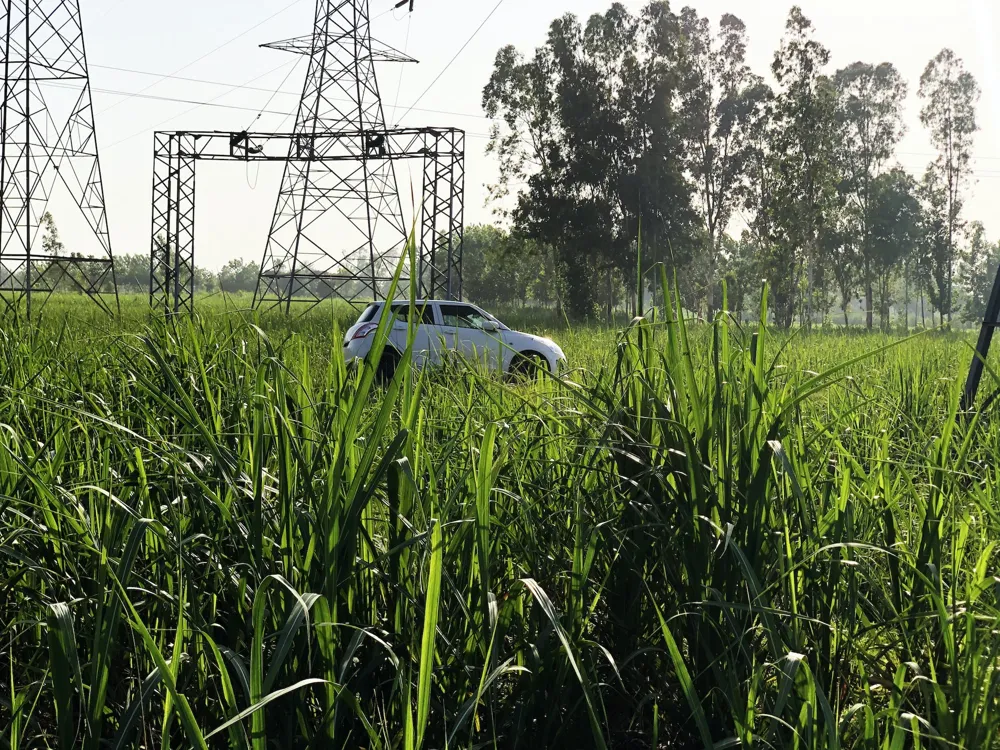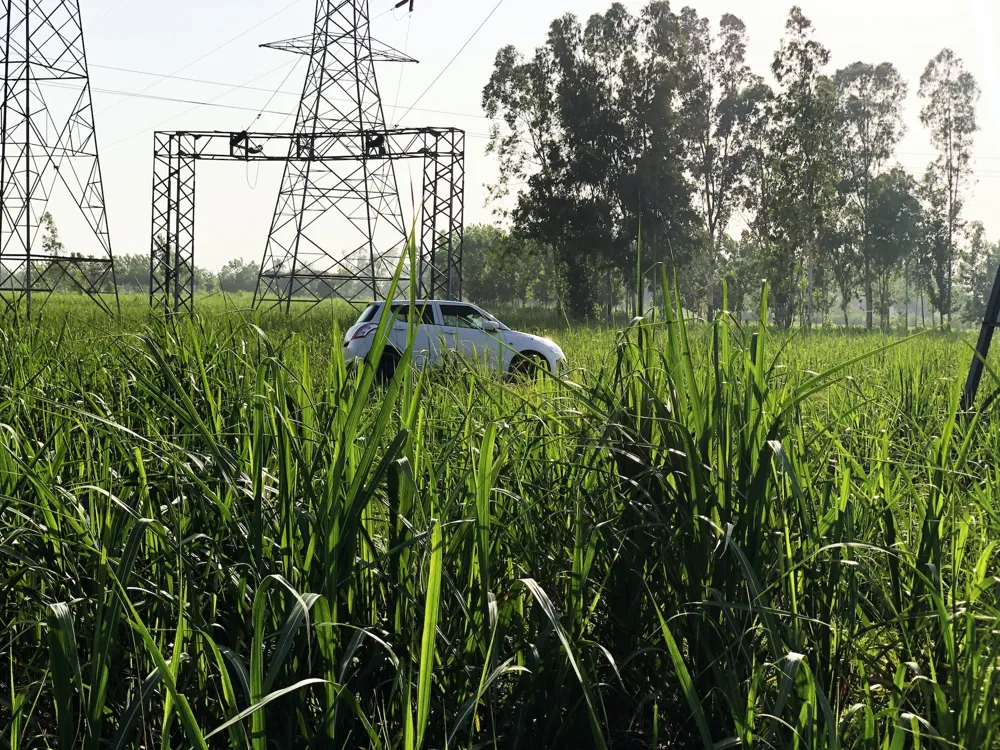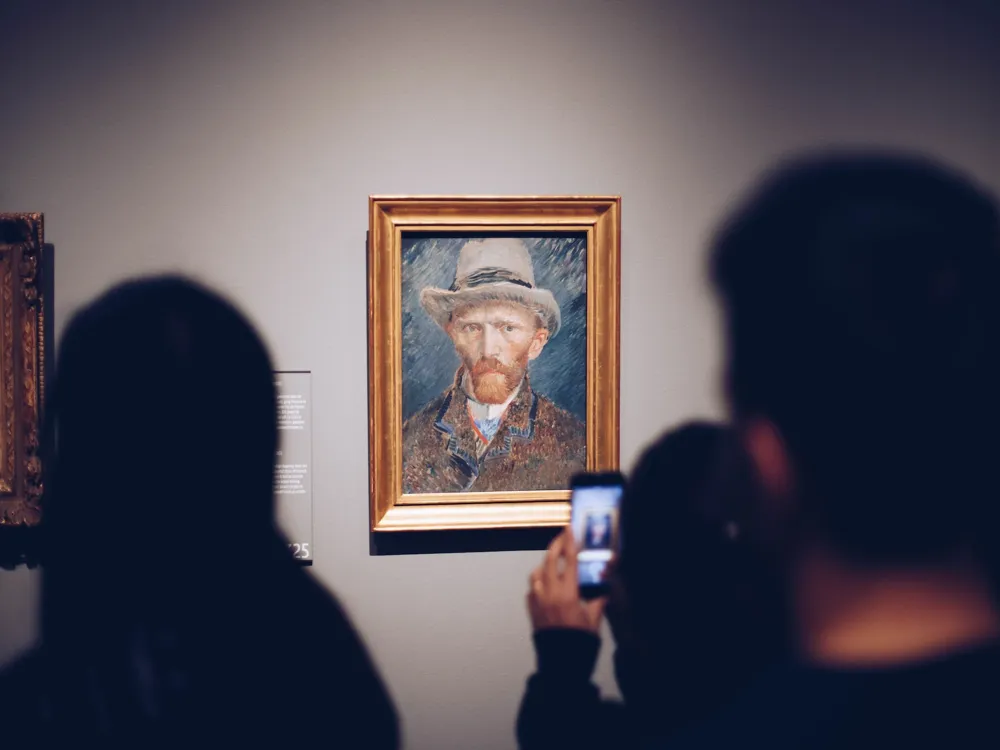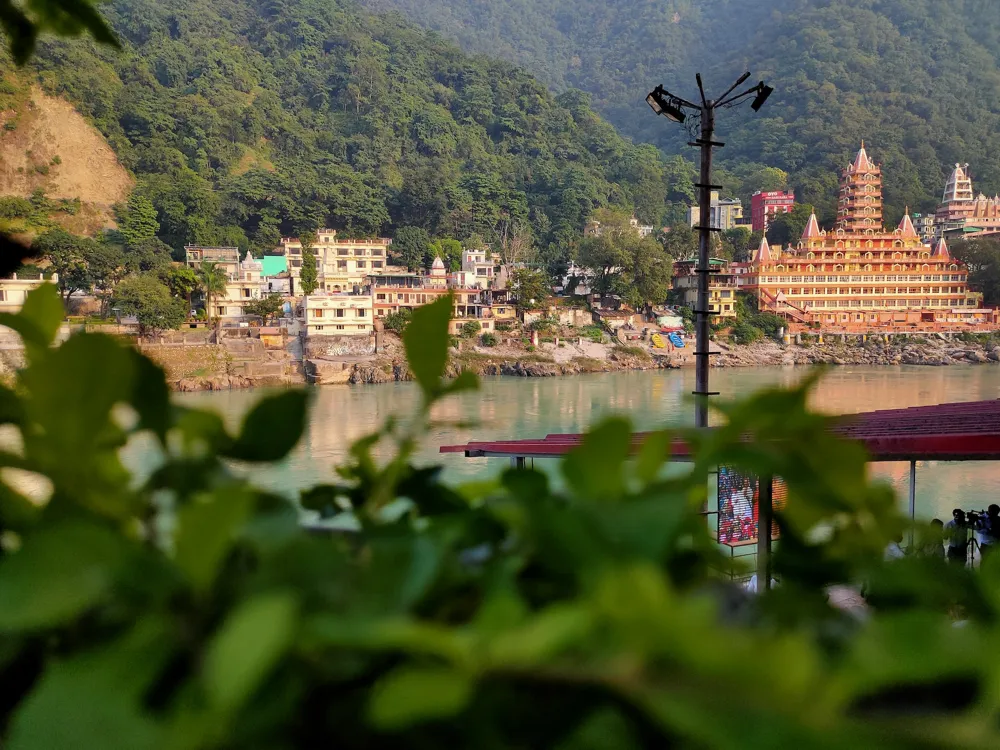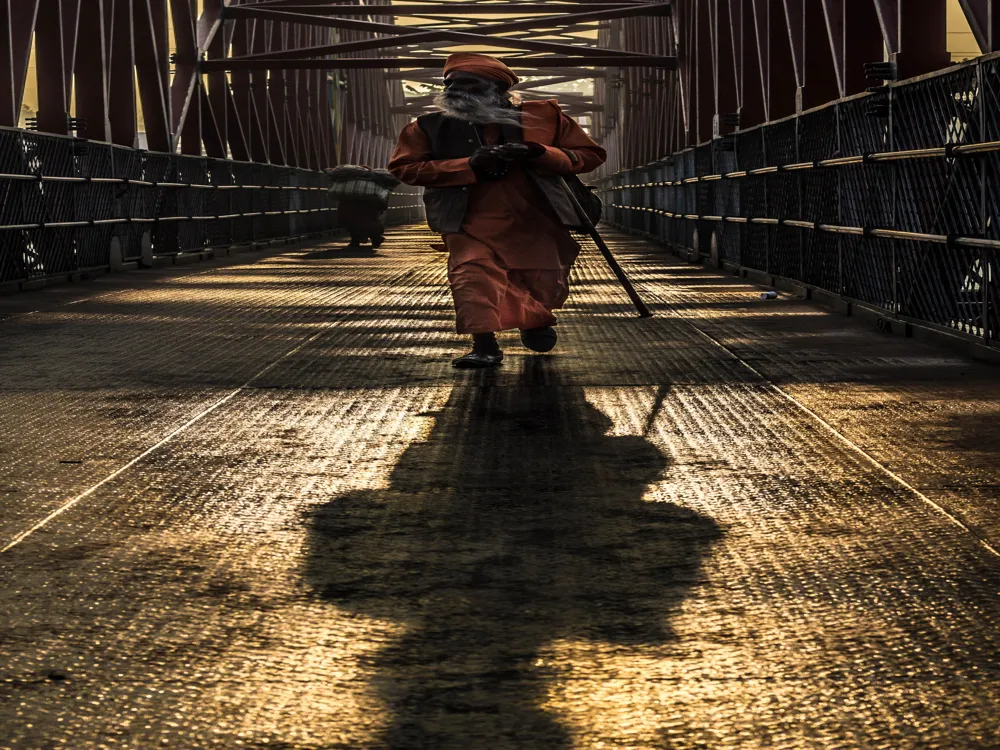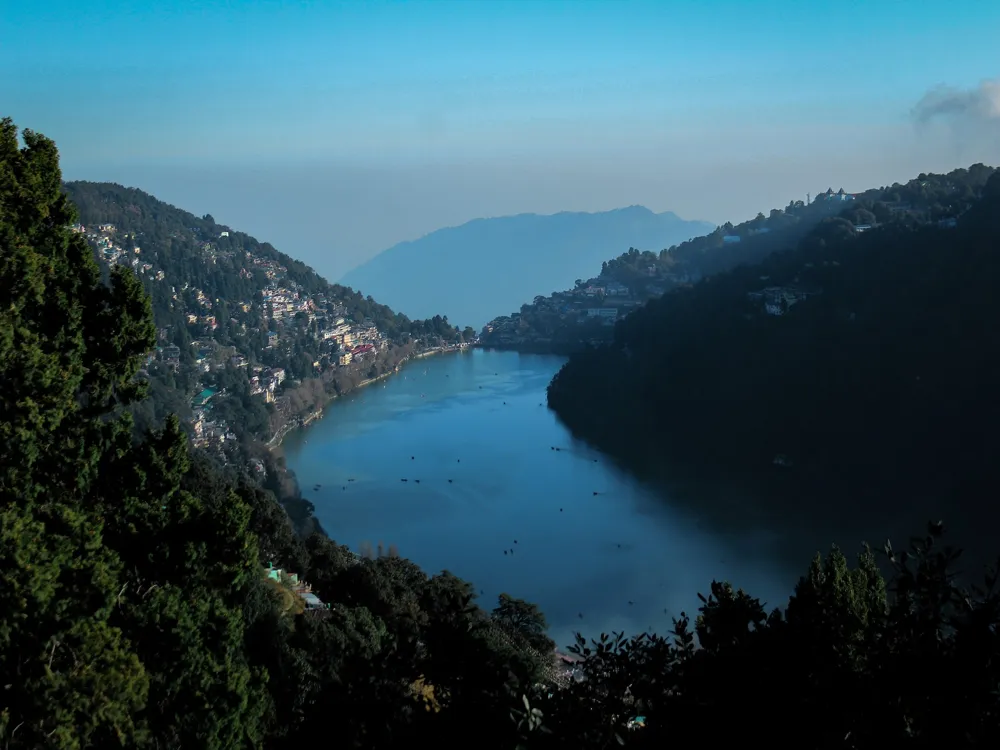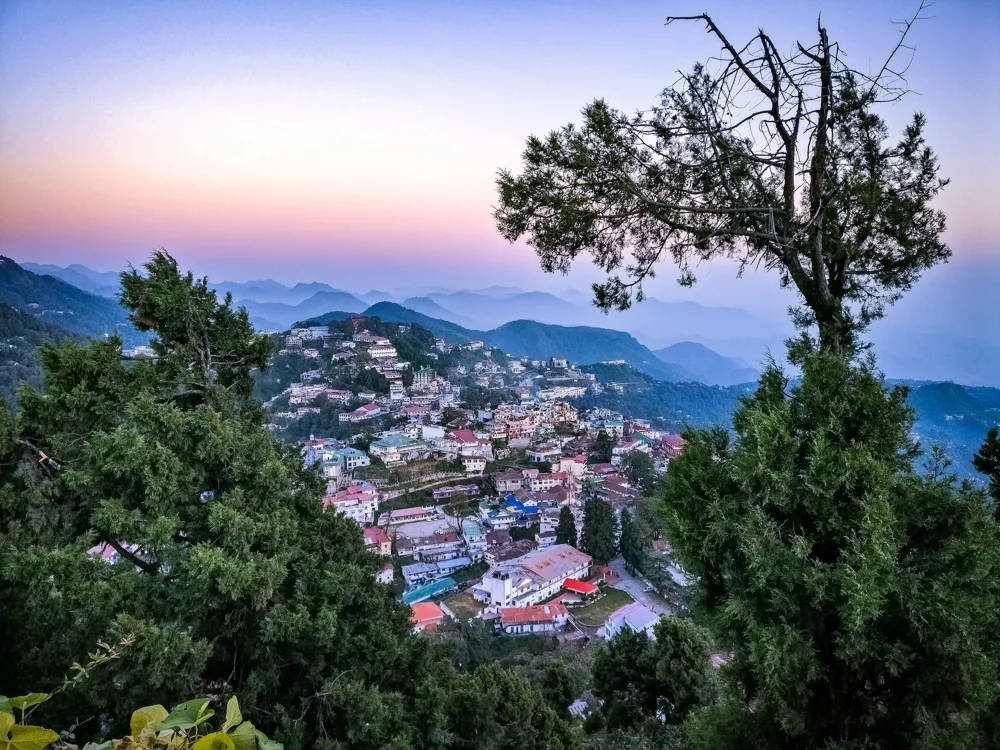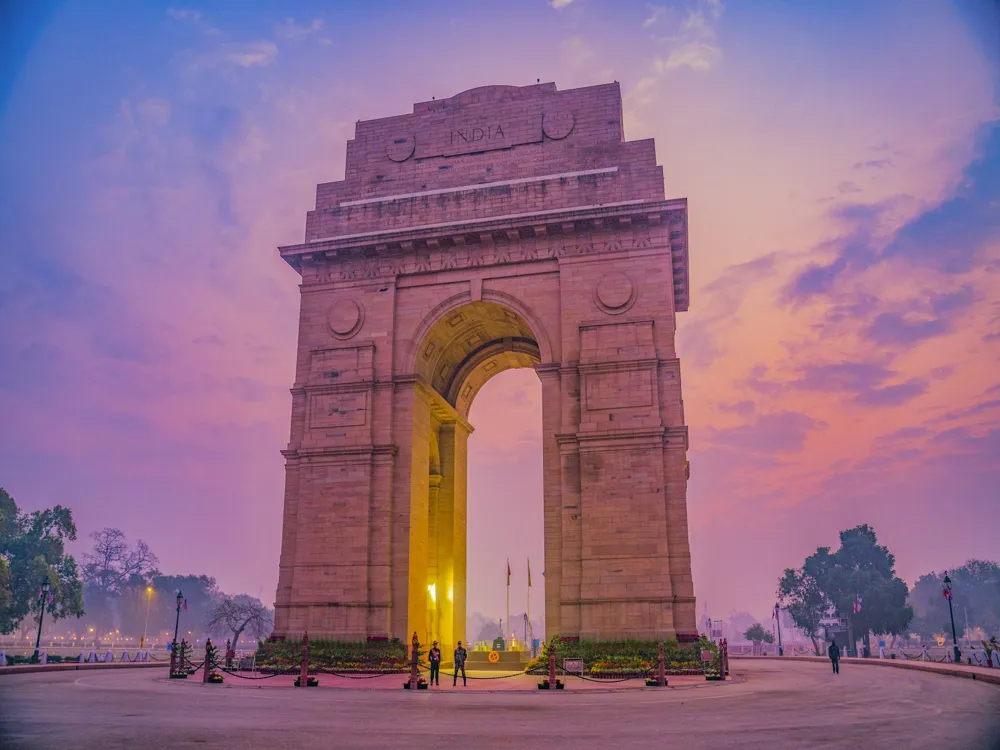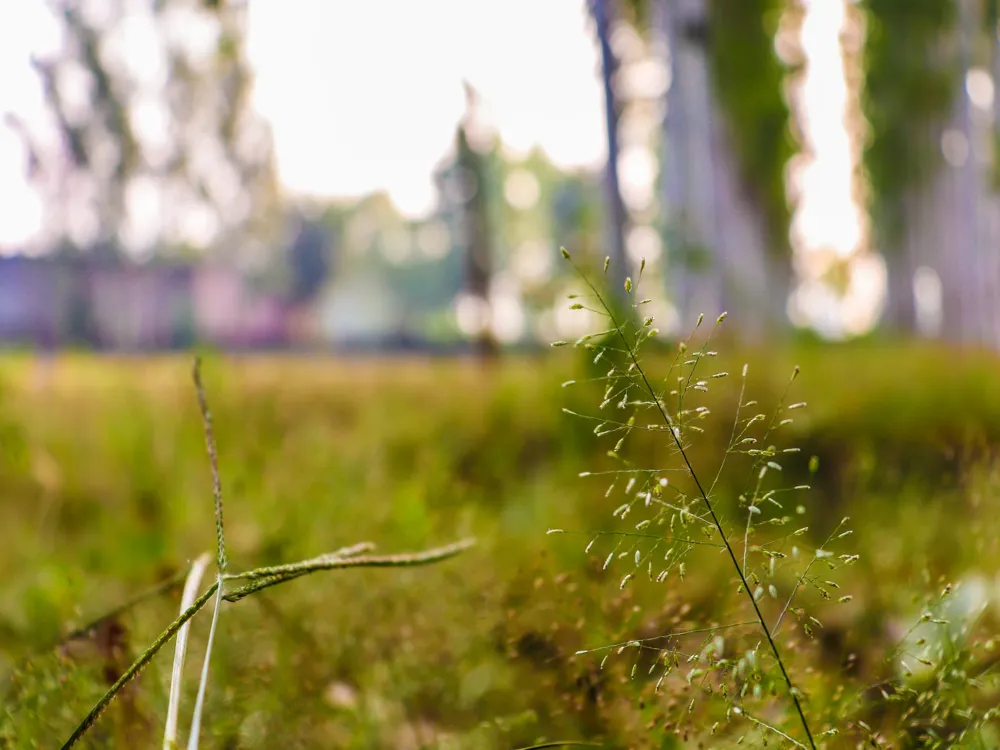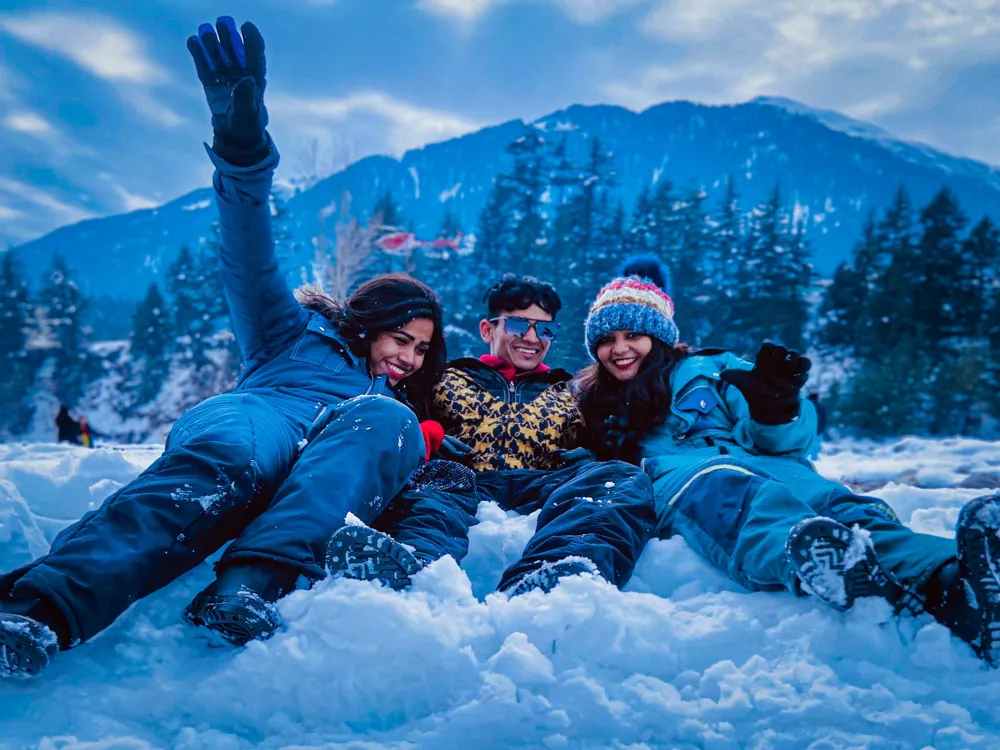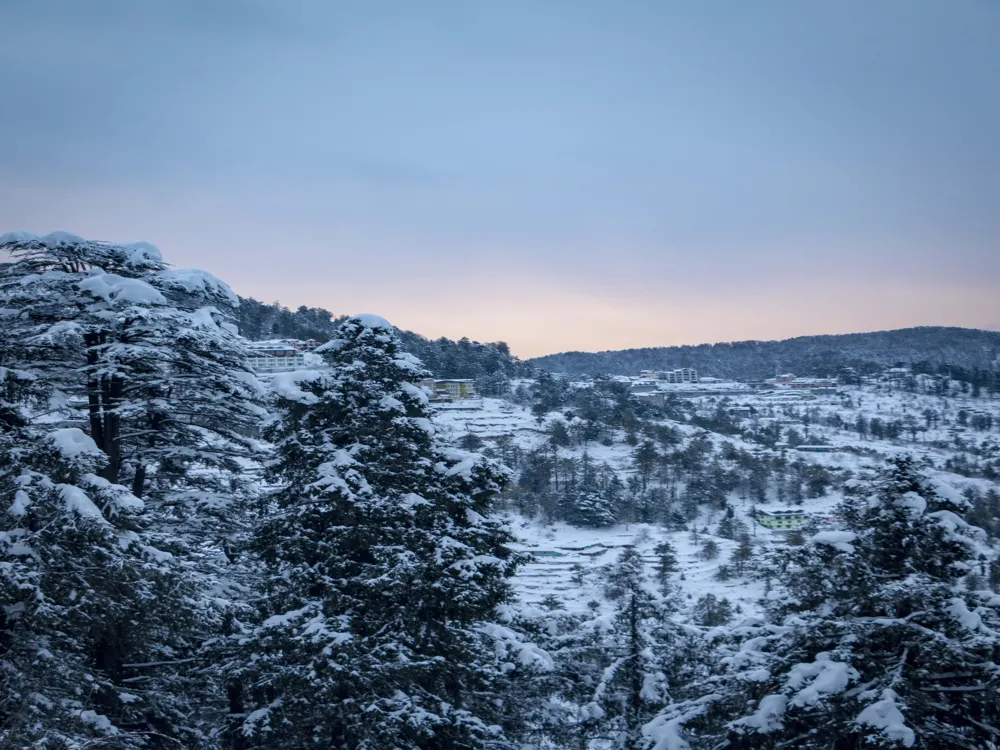Bhairon Ka Mandir, located in the heart of Muzaffarnagar, Uttar Pradesh, stands as a symbol of historical and religious significance. This ancient temple, dedicated to Lord Bhairav, a fierce manifestation of Lord Shiva, attracts thousands of devotees and tourists annually. Its historical roots delve deep into the cultural tapestry of Uttar Pradesh, making it a site of paramount importance in the region. The temple's origins trace back to several centuries ago, embodying a rich historical narrative. It has stood the test of time, witnessing the evolution of Muzaffarnagar from a historical town to a modern city. Over the years, Bhairon Ka Mandir has not only been a place of worship but also a hub for social and cultural activities. The temple’s annual festivals and fairs are particularly renowned, drawing crowds from all over the country, and showcasing the vibrant traditions and customs of the area. The architecture of Bhairon Ka Mandir, which we will explore in detail, is a testament to the skill and artistry of the craftsmen of its time. The temple's serene and spiritual ambiance provides a tranquil retreat from the hustle and bustle of city life. The local community holds the temple in high regard, and its presence has been integral to the spiritual and cultural identity of Muzaffarnagar. Visitors to Bhairon Ka Mandir are greeted with a warm and welcoming atmosphere. The temple premises are well-maintained, providing a clean and peaceful environment for worship and contemplation. The daily rituals and ceremonies are a spectacle to behold, offering a glimpse into the devoutness and religious practices prevalent in this part of India. In the following sections, we delve deeper into the architectural marvels of Bhairon Ka Mandir, provide useful tips for visitors, and explain how to reach this revered temple. The architecture of Bhairon Ka Mandir is a splendid example of ancient Indian temple design, reflecting the ingenuity and religious fervor of its creators. The temple, predominantly built in the traditional North Indian style, exhibits intricate carvings and detailed sculptures that capture the essence of Hindu mythology and iconography. The main shrine, housing the idol of Lord Bhairav, is an architectural masterpiece. The sanctum sanctorum is adorned with elaborate carvings depicting various deities and mythological scenes, creating a divine ambiance. The use of local stone and traditional construction techniques showcases the craftsmanship of the artisans and the rich cultural heritage of the region. Surrounding the main temple are several smaller shrines and pavilions, each with its own unique architectural features. The temple complex is laid out in a manner that aligns with the principles of Vastu Shastra, the ancient Indian science of architecture and space. This alignment is believed to enhance the spiritual power of the temple and provide a harmonious and balanced environment for worshippers. One of the most striking features of the temple's architecture is its towering spire, visible from a great distance. The spire, or 'shikhara', is elaborately decorated and forms a dramatic skyline against the backdrop of the city. The temple also features a large courtyard, which serves as a gathering space for devotees during festivals and special occasions. The temple walls are adorned with frescoes and paintings that depict various episodes from Hindu mythology. These artworks not only add to the aesthetic beauty of the temple but also serve as a medium for storytelling and religious instruction. Bhairon Ka Mandir is not just a place of worship; it is a living museum of art, culture, and history. Its architecture is a bridge between the past and present, offering a window into the rich cultural legacy of Muzaffarnagar and the broader Indian subcontinent. Visitors to Bhairon Ka Mandir should be mindful of local customs and traditions. Dress modestly, remove shoes before entering the temple premises, and follow any specific guidelines provided by the temple authorities. Respecting the local culture enhances the visit experience and promotes a harmonious atmosphere. The best time to visit Bhairon Ka Mandir is during the cooler months from October to March. The weather is pleasant, making it comfortable to explore the temple and participate in outdoor activities. Additionally, visiting during festivals can be a unique and enriching experience, though it's worth noting that the temple will be more crowded during these times. Photography may be restricted in certain areas of the temple. Always ask for permission before taking photos, especially of the deity or during rituals. Respecting the privacy and religious sentiments of worshippers is paramount. Muzaffarnagar offers a variety of local cuisine that visitors can explore. Trying out the local street food and regional specialties adds to the cultural experience. There are also several accommodation options available, ranging from budget to luxury, to suit different preferences and budgets. Consider taking a guided tour of the temple to gain deeper insights into its history, architecture, and religious significance. Local guides can provide valuable information and stories that are not readily available in guidebooks. Bhairon Ka Mandir is easily accessible from various parts of Uttar Pradesh and beyond. The nearest major city is Delhi, which is well-connected by road and rail. Visitors can take a train or bus to Muzaffarnagar, followed by a local taxi or auto-rickshaw to reach the temple. For those driving, the temple is well-connected by national highways, making it an easy and scenic drive. The local transportation system in Muzaffarnagar is efficient, with multiple options available to reach Bhairon Ka Mandir. Buses, taxis, and auto-rickshaws are readily available and offer a convenient and cost-effective way to travel. For a more personalized experience, visitors can also hire private cabs from nearby cities. Read More:Overview of Bhairon Ka Mandir, Muzaffarnagar, Uttar Pradesh
Architecture of Bhairon Ka Mandir
Tips When Visiting Bhairon Ka Mandir
Respect Local Customs and Traditions
Best Time to Visit
Photography Guidelines
Local Cuisine and Accommodations
Guided Tours
How To Reach Bhairon Ka Mandir
Bhairon Ka Mandir
Muzaffarnagar
Uttar Pradesh
NaN onwards
View muzaffarnagar Packages
Muzaffarnagar Travel Packages
View All Packages For Muzaffarnagar
Top Hotel Collections for Muzaffarnagar

Private Pool

Luxury Hotels

5-Star Hotels

Pet Friendly
Top Hotels Near Muzaffarnagar
Other Top Ranking Places In Muzaffarnagar
View All Places To Visit In muzaffarnagar
View muzaffarnagar Packages
Muzaffarnagar Travel Packages
View All Packages For Muzaffarnagar
Top Hotel Collections for Muzaffarnagar

Private Pool

Luxury Hotels

5-Star Hotels

Pet Friendly








